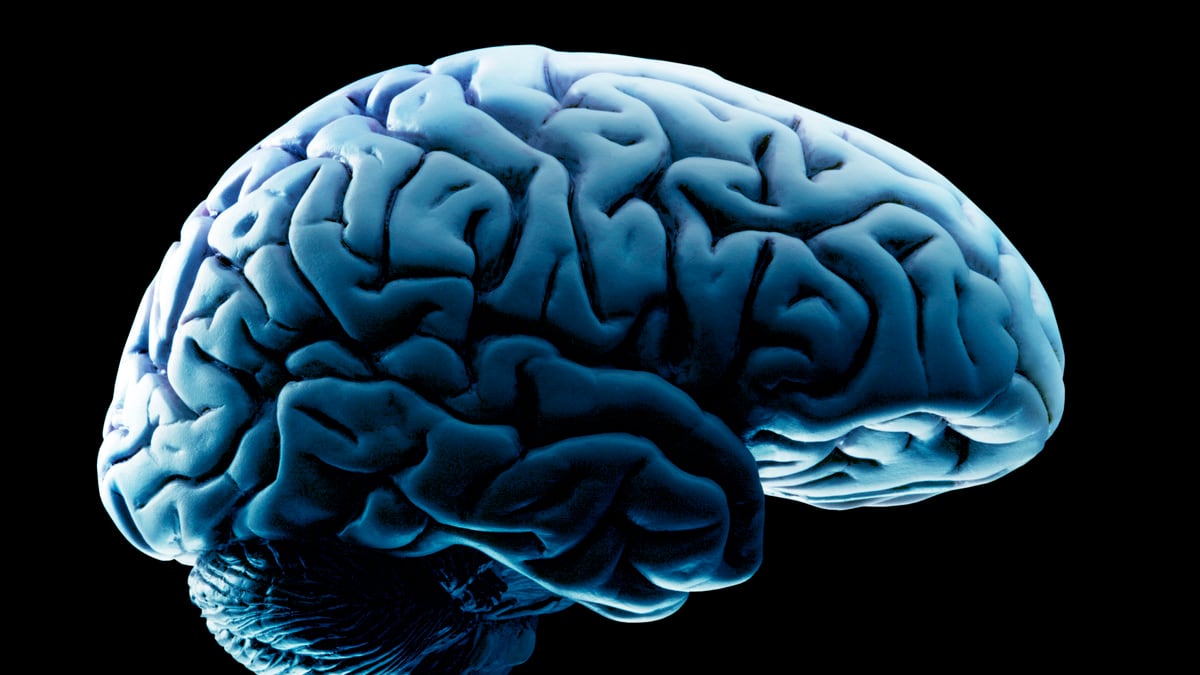Archive
Steve McAlister / The Image Bank-Getty Images
Free Will Debate: Who’s in Charge? by Michael Gazzaniga (review)
It’s a question that never goes away: do we have it or not? In a new book, Michael Gazzaniga reveals how neuroscience has shattered the debate.

Trending Now





